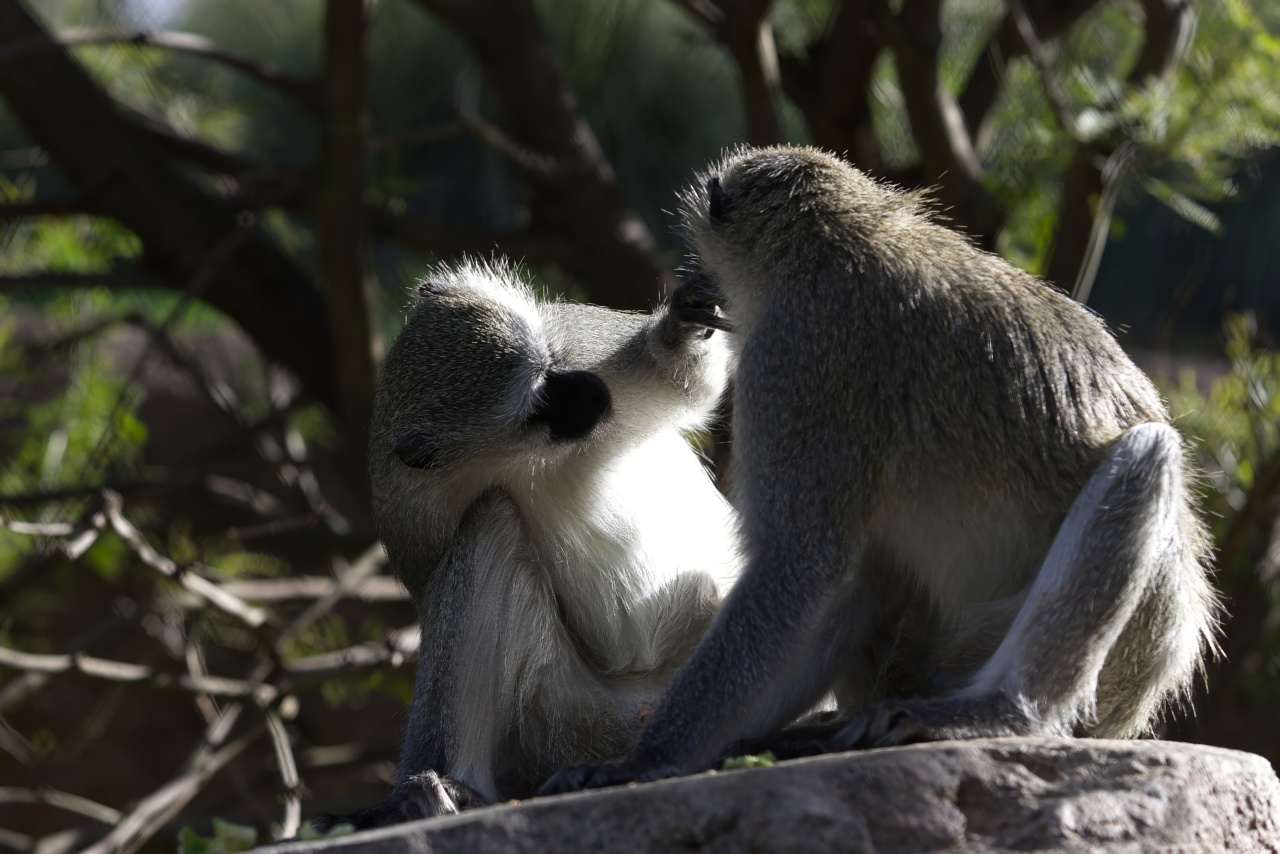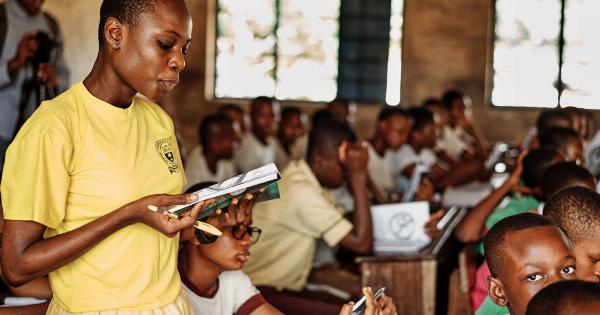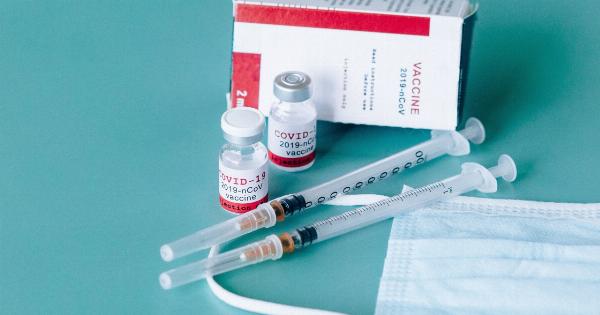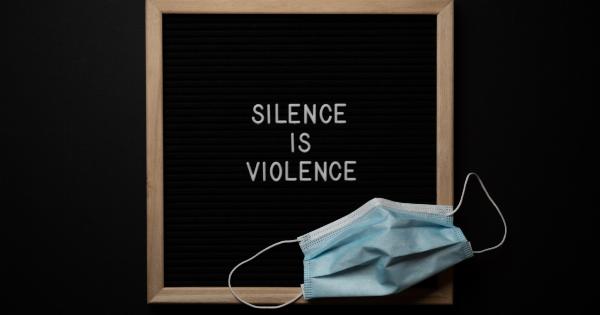In a shocking turn of events, a smallpox outbreak has been reported in monkeys. Over 3,000 cases have been registered so far, sending scientists and health officials into a frenzy.
This unexpected transmission of the deadly virus has raised concerns about the potential risks to both animal and human populations. In this article, we will delve into the details of this outbreak, its implications, and the measures being taken to control its spread.
What is Smallpox?
Smallpox, also known as variola, is a highly contagious and often fatal disease caused by the variola virus. The disease is characterized by a distinctive rash with raised bumps filled with thick, opaque fluid.
Smallpox is one of the deadliest diseases known to humankind, responsible for millions of deaths throughout history.
The Monkey Connection
Although smallpox has been eradicated in humans since 1980, it seems that monkeys have become unsuspecting carriers of the virus. This is the first outbreak of smallpox ever reported in monkeys, making it an unprecedented event.
It is believed that the virus was transmitted from an infected human to these primates.
How Did This Happen?
Smallpox is primarily transmitted through respiratory droplets, person-to-person contact, and contact with contaminated surfaces or objects.
It is possible that a human carrier came into close contact with the monkeys, leading to the rapid spread of the virus within their population. Another theory suggests that infected mosquitoes or other insects could have played a role in transmitting the virus to the monkeys.
The Implications for Animal and Human Populations
While the outbreak is currently limited to monkeys, there is a legitimate concern that the virus might mutate and jump back into the human population.
As smallpox has been eradicated for decades, the global population lacks immunity to the virus, making it susceptible to potentially devastating consequences. The consequences could range from isolated outbreaks to a full-blown global pandemic, depending on the efficiency of transmission and the level of preparedness of health systems.
Containment Efforts
Upon discovering the smallpox outbreak in monkeys, health officials and scientists collaborated to establish robust containment measures.
The affected monkey populations have been quarantined to prevent further transmission, and stringent biosecurity protocols have been implemented in monkey research facilities worldwide.
In addition to containment efforts, research is underway to better understand the virus’s behavior in monkeys. This research will aid scientists in developing targeted strategies to combat the outbreak and prevent possible transmission to humans.
Vaccine Development and Distribution
The outbreak has also spurred a renewed focus on smallpox vaccine development. Researchers are working diligently to create a vaccine that can neutralize the virus in both monkeys and humans effectively.
However, developing a safe and effective vaccine takes time, and it could be a while before it is ready for mass distribution.
In the meantime, efforts are being made to ensure adequate stockpiles of existing smallpox vaccines.
These vaccines may not offer full protection against a mutated strain, but they can still provide some level of immunity and mitigate the severity of the disease if an outbreak occurs in humans.
Spreading Awareness and Encouraging Vigilance
As the situation unfolds, it is crucial to raise awareness about the risks of smallpox, both for monkeys and humans.
Public health campaigns should emphasize the importance of adhering to biosecurity protocols, especially in research and conservation centers where human-animal interactions are common.
Additionally, it is vital to educate the public about the signs and symptoms of smallpox and encourage prompt reporting of any suspected cases.
Rapid identification and isolation of individuals infected with smallpox can help prevent further transmission and contain the outbreak.
Collaboration Amongst Global Health Organizations
This smallpox outbreak in monkeys emphasizes the importance of strong collaboration between global health organizations.
The World Health Organization (WHO), the Centers for Disease Control and Prevention (CDC), and similar institutions worldwide must work together to share information, resources, and expertise to effectively respond to the threat.
Conclusion
The smallpox outbreak in monkeys is a sobering reminder that infectious diseases can still pose significant threats, even after their apparent eradication.
While the outbreak remains contained in monkeys, the potential for transmission to humans is a significant concern. Efforts are underway to control the outbreak, develop vaccines, and raise awareness to minimize the risks. However, continued vigilance and collaboration are imperative to mitigate the potential consequences of this unexpected turn of events.




























